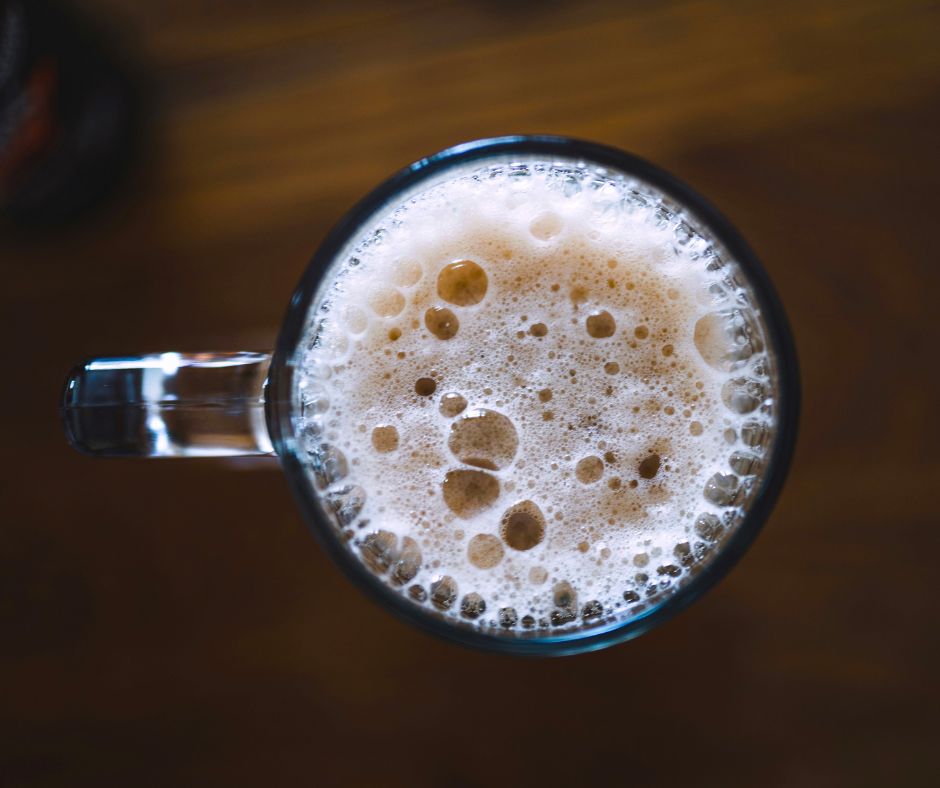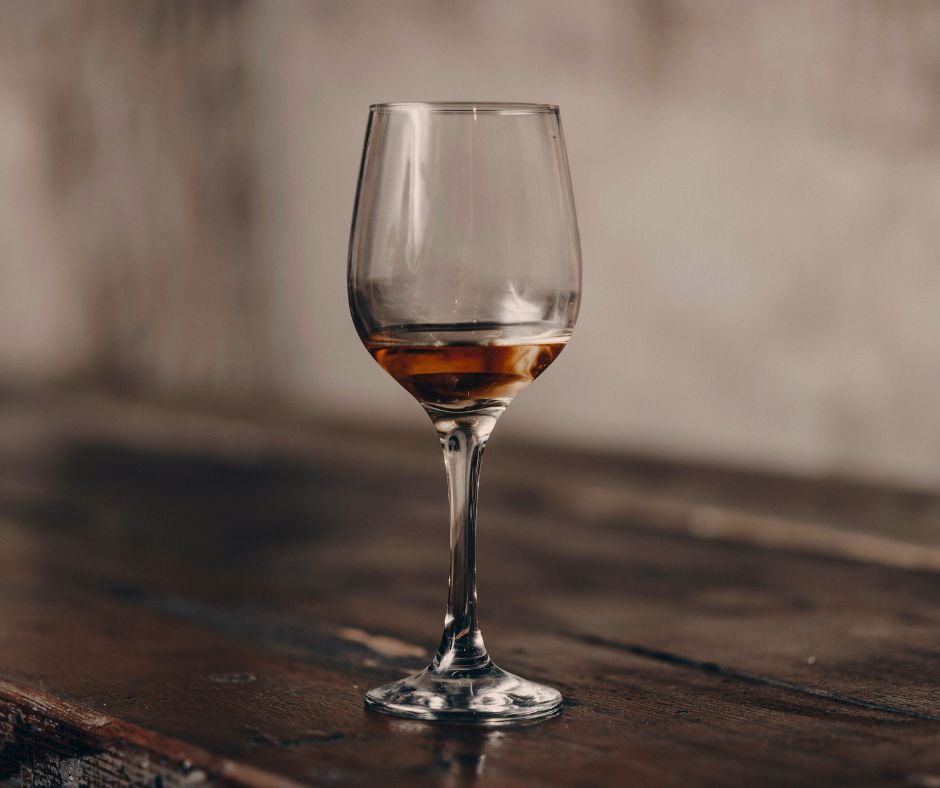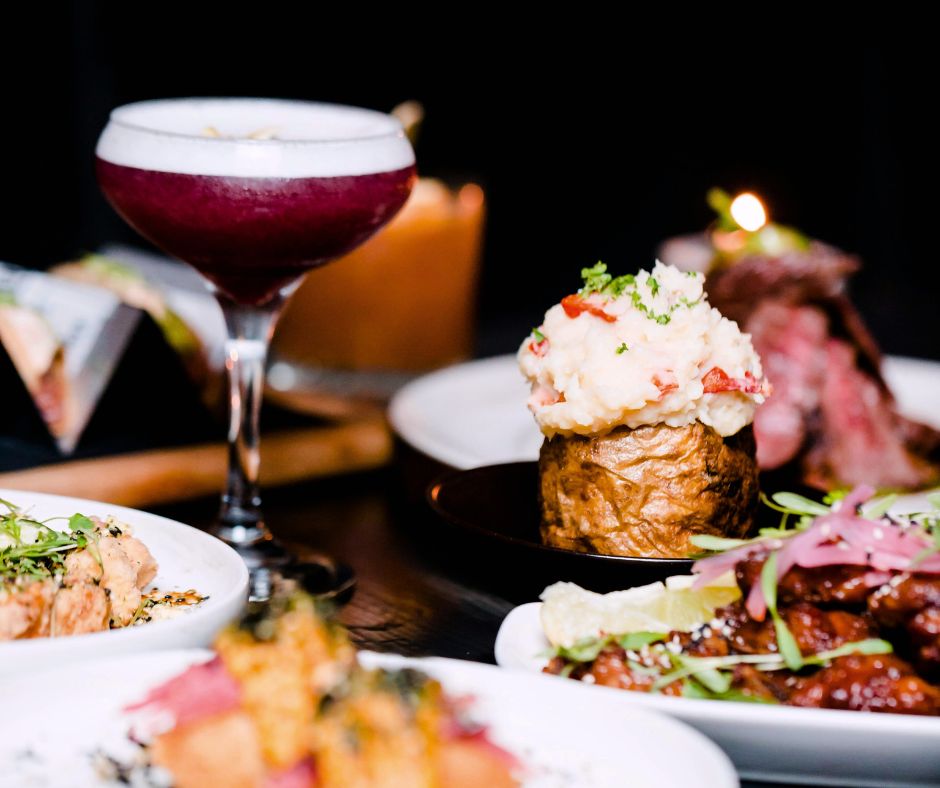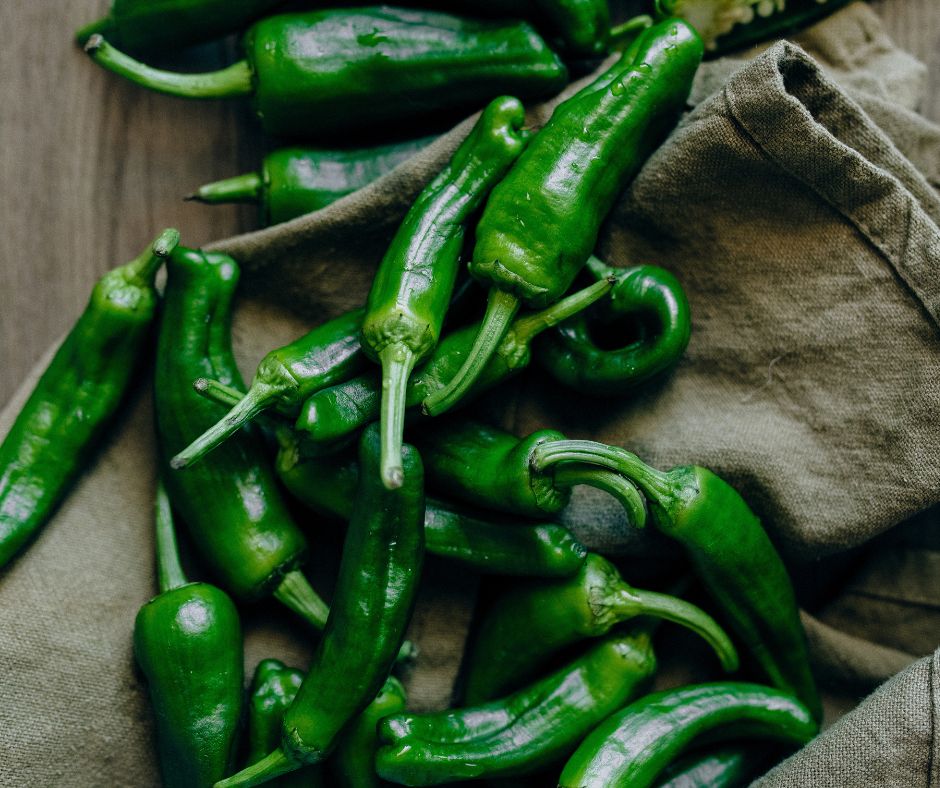Ever order a beer and get a glass full of foam? Don’t send it back—congratulate the bartender. You’ve just discovered the milk pour, a Czech tradition that’s now a flex at craft beer bars. This isn’t a mistake; it’s a lifestyle.
Foam Three Ways: Choose Your Own Adventure
In the Czech Republic, beer pours are like personality tests. Are you a “Hladinka”—mostly beer with a healthy cloud of foam, the classic choice for rule followers? Maybe you’re a “Šnyt”—half beer, half foam, for those who can’t commit. Or you’re here for chaos: the “Mlíko” (milk pour), which is basically a glass of foam and pure mischief. Yes, you’re meant to drink it. Yes, people will stare.
Why Order a Glass of Clouds?
Because the foam isn’t just air—it’s sweet, creamy, and loaded with all the malty, aromatic goodness you didn’t know you needed. Take a quick gulp for the full soft-serve effect, or let it settle back into beer if you like to live dangerously. Honestly, though, milk pours are meant for quick chugging, not slow sipping. Beer foam waits for no one.
Wet Foam vs. Dry Foam: The Ultimate Showdown
Here’s the deal: wet foam (the hero of the milk pour) is dense, creamy, and made by a bartender wielding a side-pull tap like a wand. Dry foam, on the other hand, is what you get on a regular pint—bigger bubbles, less flavor, and frankly, not nearly as fun. If you’re here for the party, trust the wet stuff.
Rituals, Gimmicks, and Shenanigans
In true American fashion, we had to put our own spin on things. Watch as bartenders slide your milk pour down the bar—sure, it’s not Czech, but it turns a beer into a mini-event. Milk pours are best enjoyed as a quick chug, just like in Prague: no time for polite conversation, only foamy mustaches. And if your milk pour shows up in a capped glass milk bottle? Snap a pic. It’s all about the ‘gram.
Oh, and just when you thought it couldn’t get weirder: some brunch geniuses are topping milk pours with orange juice. Yes, really. The result? A foamy, tangy, beer-mosa hybrid that’s one part “whoa,” one part “why not,” and surprisingly crushable. Just don’t ask for pulp.
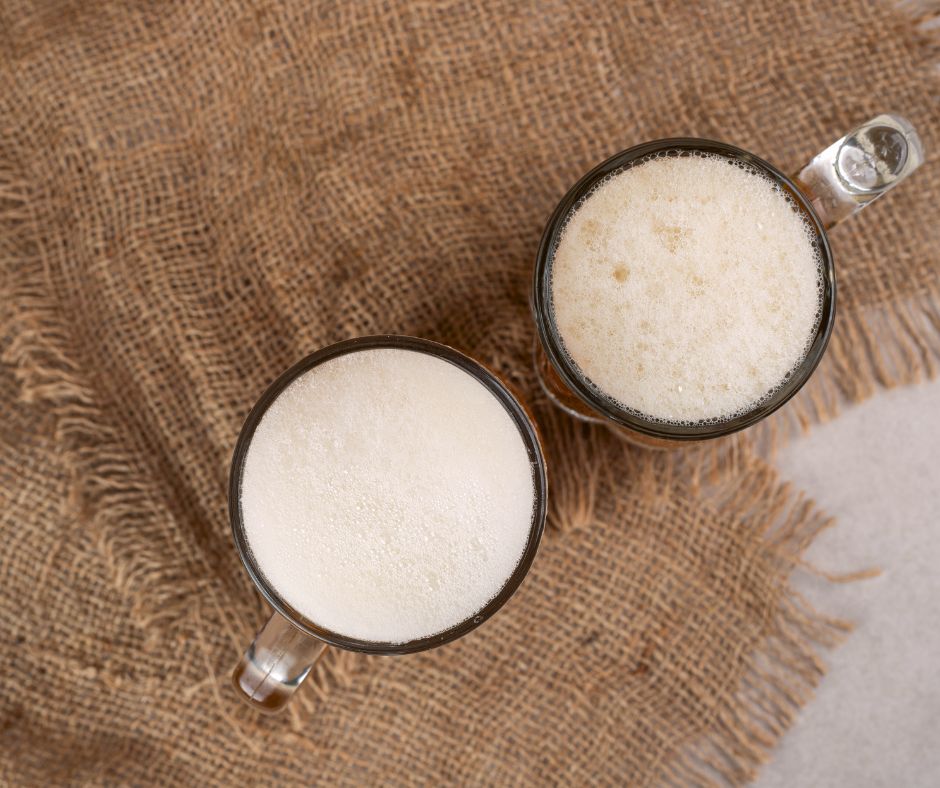
Pair This With—Because That’s What We Do
Take your pick: salty pretzels, crispy schnitzel, and a healthy dose of peer pressure. Pass a round of OJ milk pours to your brunch crew and watch the skepticism melt into curiosity (and maybe delight). Best paired with adventurous friends and zero plans for the afternoon.
Why does Pairable care?
Because beer—even a glass of foam—deserves a great pairing and a great story. Here’s to finding flavor in the unexpected, and always keeping things a little weird. Cheers!


